Hawaii Bowl: 10 Predictions for the Christmas Eve Bowl Game
Hawaii Bowl: 10 Predictions for the Christmas Eve Bowl Game

Ho ho ho, children—it's Christmas Eve, and you know what that means.
The Hawaii Bowl! (Where else did you think I was going to go with that? There's nothing else important about Christmas Eve...right?)
Tonight we see one of those matchups that, well, people don't really seem to care much about, if only for the fact that both Hawaii and Tulsa have been less than spectacular in the past.
The fact that they both posted respectable regular season records (10-3 for Hawaii, 9-3 for Tulsa) doesn't seem to matter much (maybe because the WAC and Conference USA are, well, the WAC and Conference USA).
Still, let's give a little love to the Warriors and the Golden Hurricane by making this game a little more interesting.
Most of you probably don't know what to look for in this game, so here you go: Here are 10 things to watch in this Christmas Eve matchup that will most assuredly make the game more interesting than it would be if you, well, didn't know these 10 things.
Hawaii's Passing Game Vs. Tulsa's Passing Defense

To be clear, Tulsa has not faced a quarterback like Bryant Moniz. He is the leading force behind the No. 1 passing offense in the FBS, he has the ability to shred defenses that aren't paying close enough attention and he has a great ability to extend plays with his feet.
Tulsa doesn't force an extraordinary number of turnovers, nor does it put an incredible amount of pressure on quarterbacks, posting only 17 sacks this year.
Tulsa is going to need to be aware at all times and work on containing and collapsing the pocket.
The Committee Backfield Vs. Alex Green
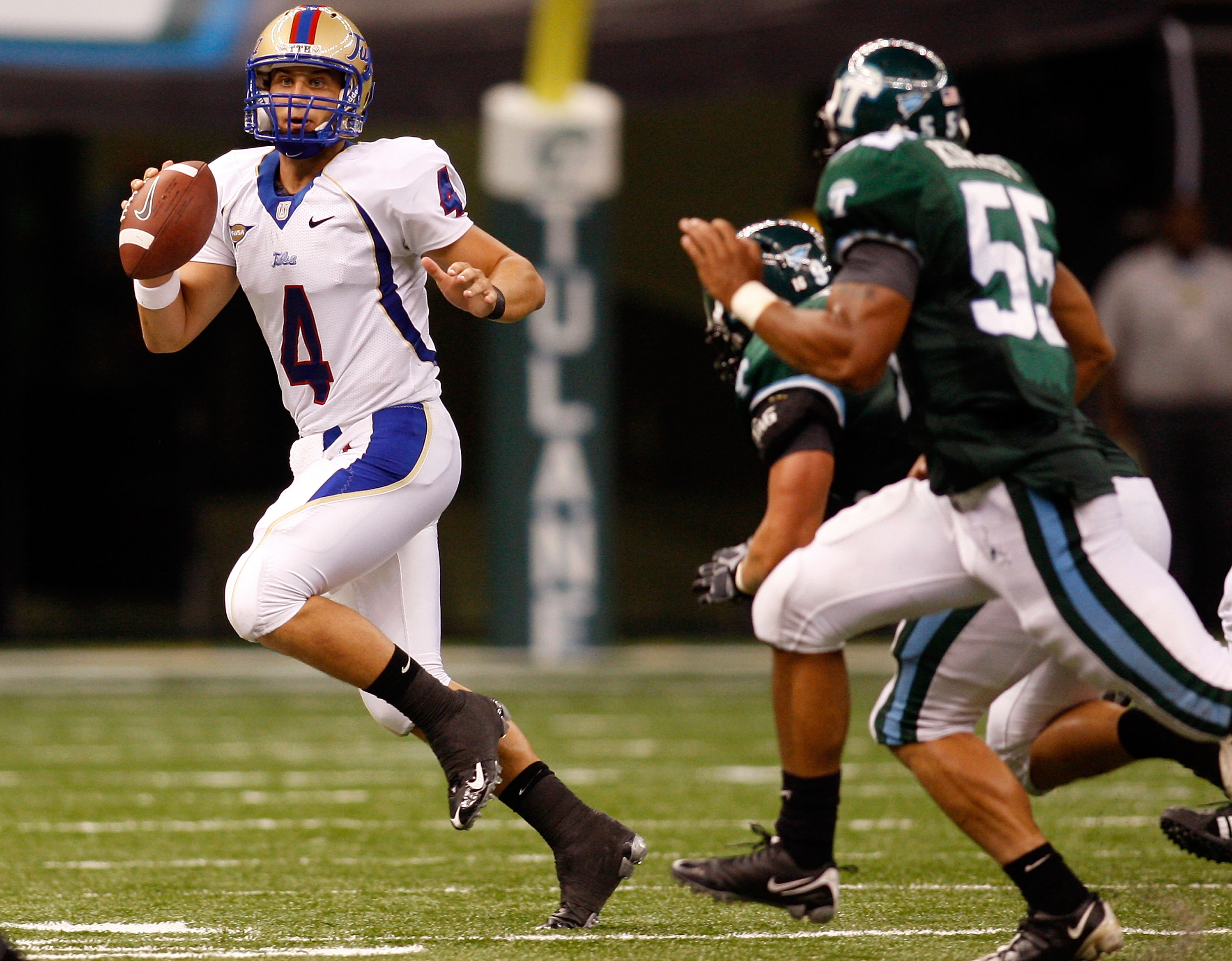
The option offense can be a dangerous thing. Option offenses can easily fool a lot of defenses, and they can bust open teams that lack full-game speed and athleticism.
It also means, though, that Tulsa relies heavily on quarterback G.J. Kinne (who is also their leading rusher) to win games.
The committee backfield effect that is created from the option offense could be very effective, but it'll be interesting to see how it matches up with Hawaii's more traditional system.
If the option rushing attack can establish itself as more effective than Alex Green and Hawaii's spread 'em out and gash 'em rushing style, then Tulsa should have a much easier time keeping up with Hawaii.
The Shootout
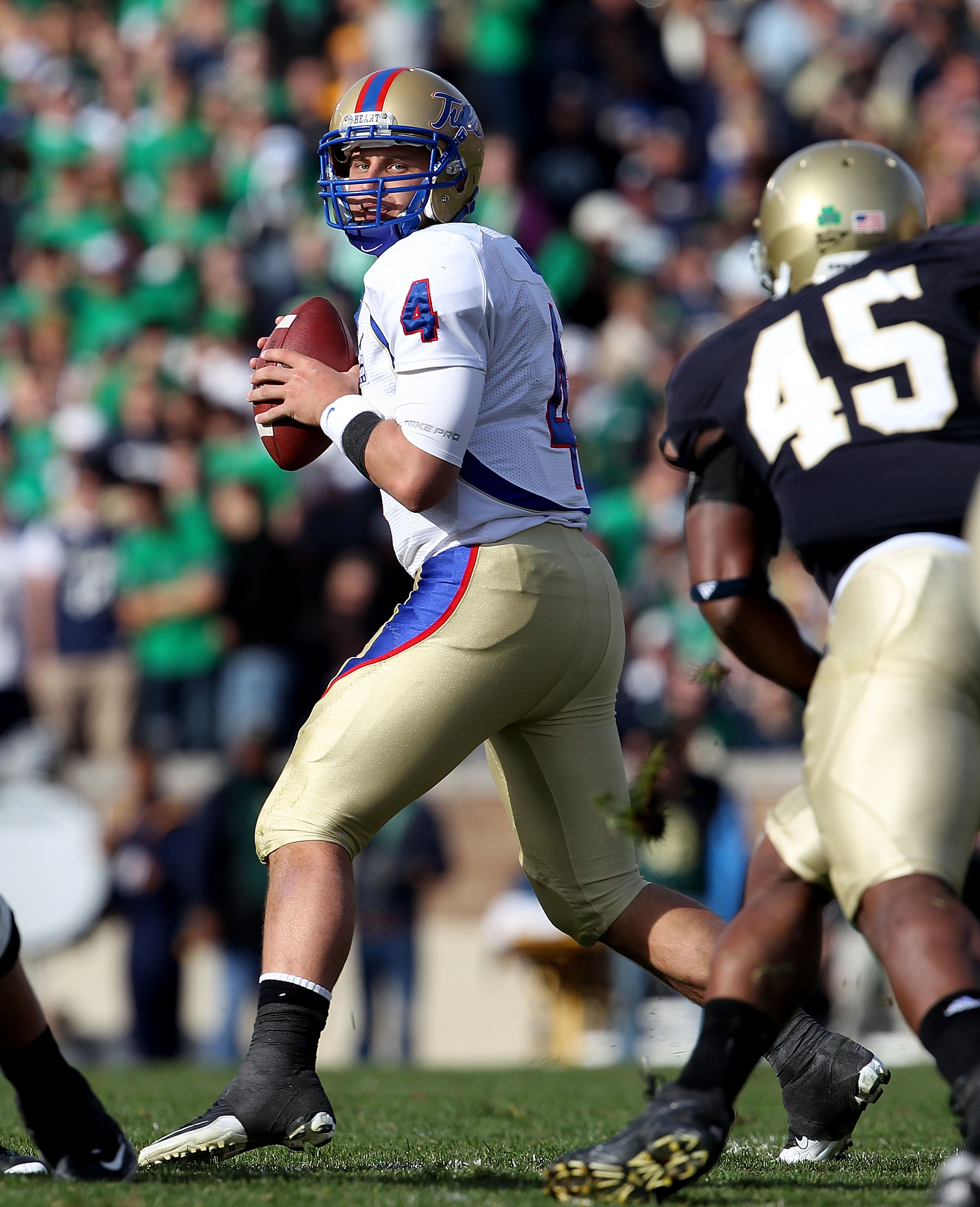
Hawaii is No. 9 in total offense.
Tulsa is No. 10 in total offense.
This one could turn out to be a shootout.
The deciding factor will ultimately be defense here, an area in which Hawaii has a big advantage.
Both teams are still very capable of scoring at any time, no matter what defense they are up against, but Tulsa will need to step its game up on defense, because this game could come down to who forces the first punt.
Dealing with the Spread Offense
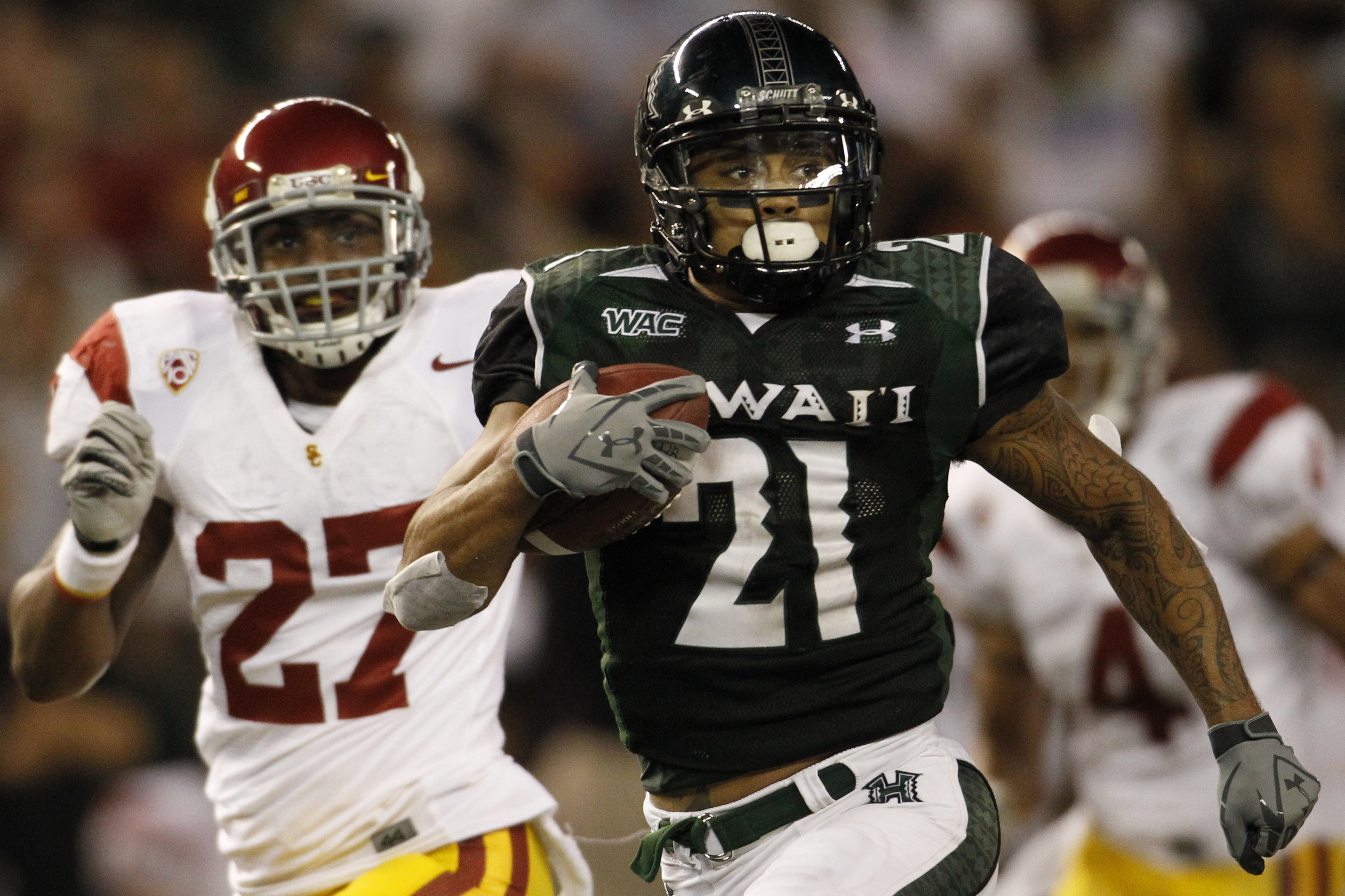
The reason why Hawaii is so dangerous is because of its passing attack. The reason why the Warriors' passing attack is so dangerous is because of their ability to spread out defenses with receiver-heavy sets.
Just look at the stats: Two of Hawaii's top three receivers have over 1,000 yards (Greg Salas with 1,675 and Kealoha Pilares with 1,306).
It's going to take a monster effort out of the Tulsa secondary to get this one done.
Greg Salas
Slot receivers aren't supposed to be this good, are they?
Sure, he's a slot guy in a spread offense, but 1,675 yards is still quite something.
Just watch him. He's bound to do something fun.
Third and Fourth Down Conversions

Third and fourth down conversions are an extremely important aspect of the game, and while there may not be many of these occasions during this game, it will be that much more important when those situations do come up.
As it stands, Hawaii is 38.4 percent on third down conversions and 50 percent on fourth down conversions, whereas Tulsa manages 49.4 percent on third down conversions and 53.8 percent on fourth down conversions.
Those numbers could mean a lot in a close shootout.
Turnovers
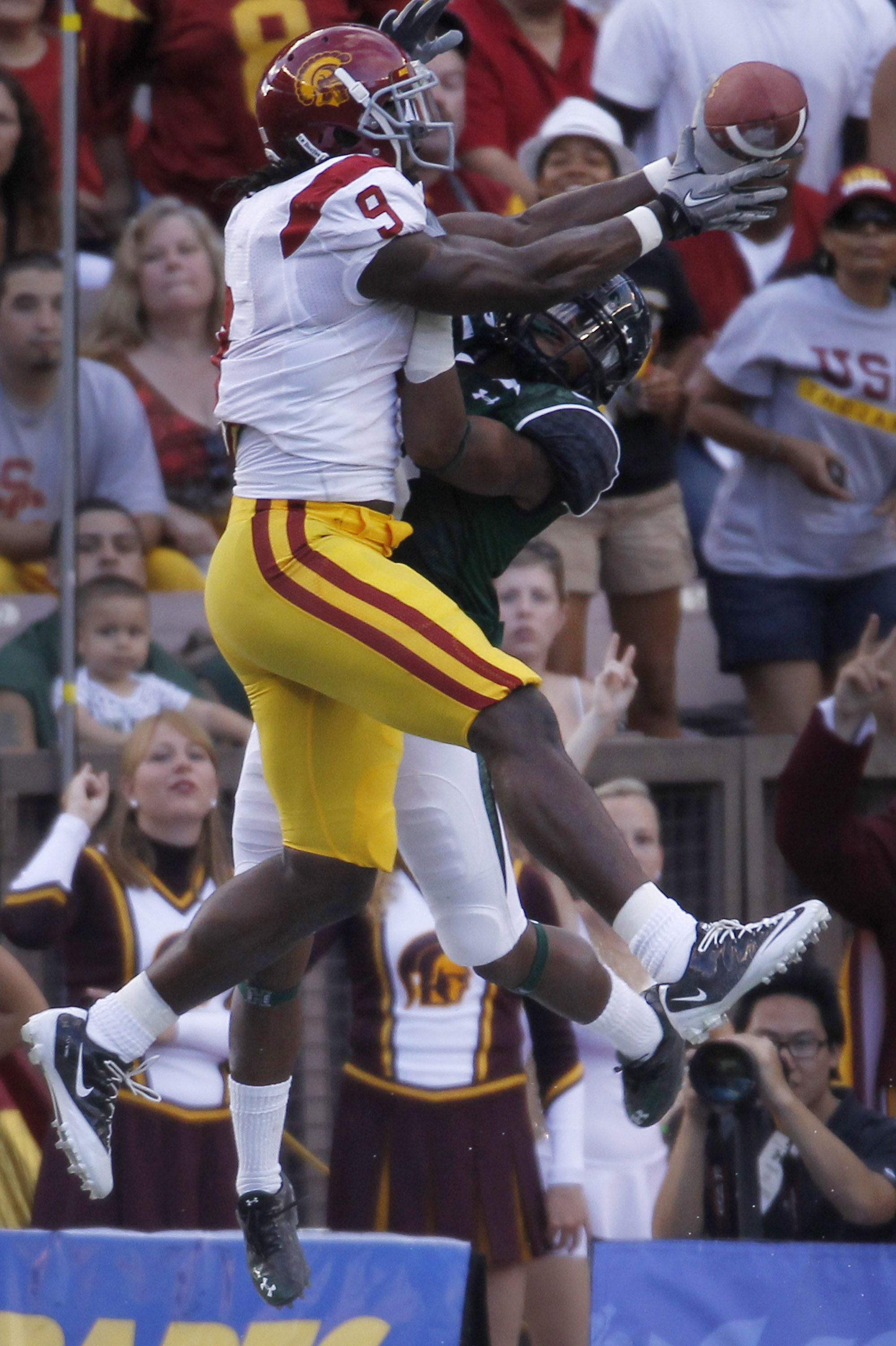
Turnovers are important, plain and simple. I hate to sound like a broken record, but the first one to turn the ball over could be making a fatal mistake.
The two teams are pretty close in this regard, forcing an average of two turnovers per game, so it probably won't be about how many turnovers both teams force, but more like when those turnovers occur.
I'll call it now: The second turnover will be the deciding factor. If it's the second by one team, all of the air is out of the tires, and that team will probably start going flat. If it's one on both sides, momentum is equalized, and the game goes on.
Sacks
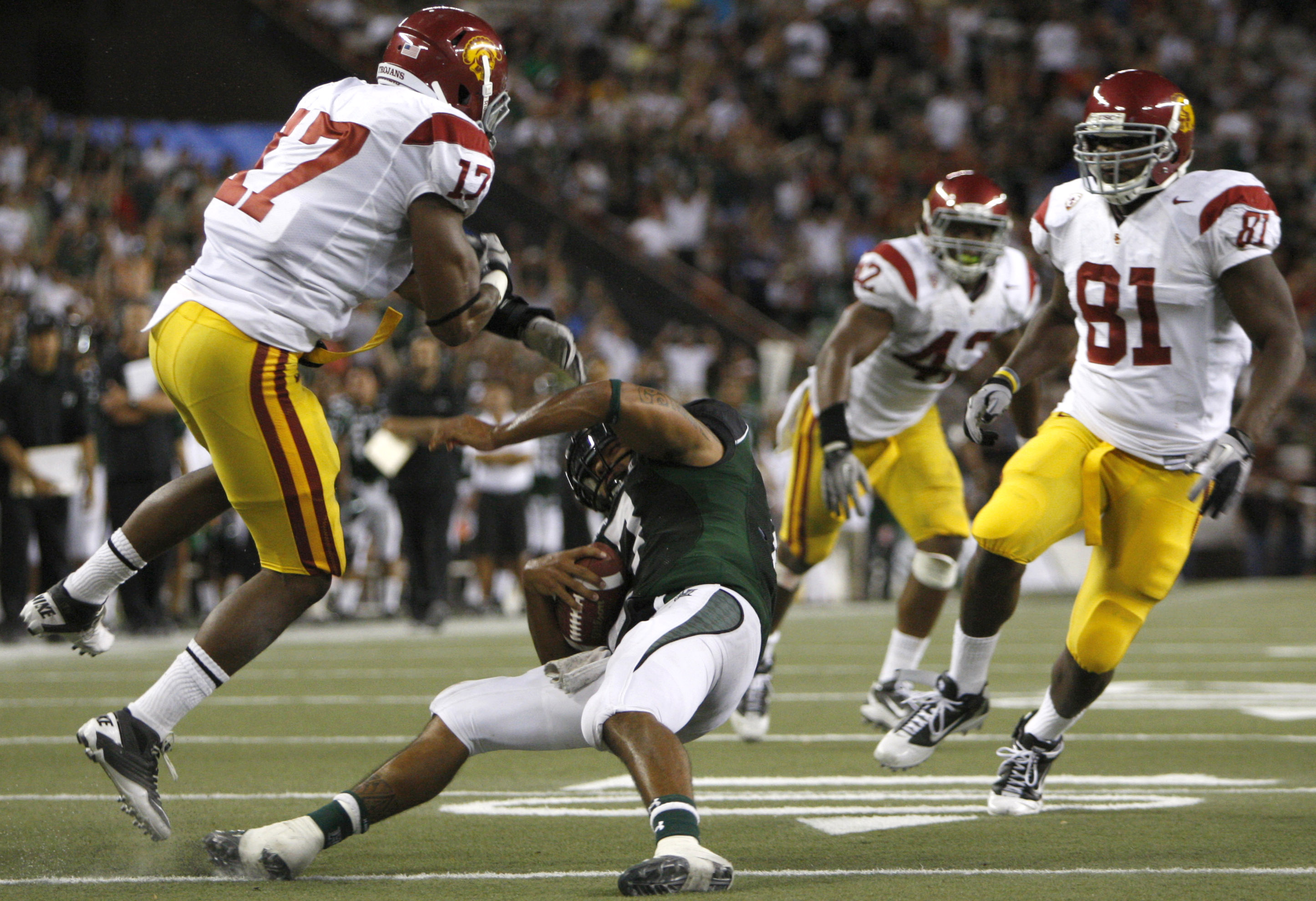
Much like turnovers, sacks can be game-changers, especially considering the offensive potential of both of these teams.
Again, the stats are quite close (20 sacks for Hawaii and 17 for Tulsa), but the key here is that they are low numbers, with both teams averaging under two sacks a game.
Getting to the quarterback is going to be important. Very important.
Much like with turnovers, two or more in a row could be a momentum killer, so line play is going to have to be equally important.
The Travel Effect
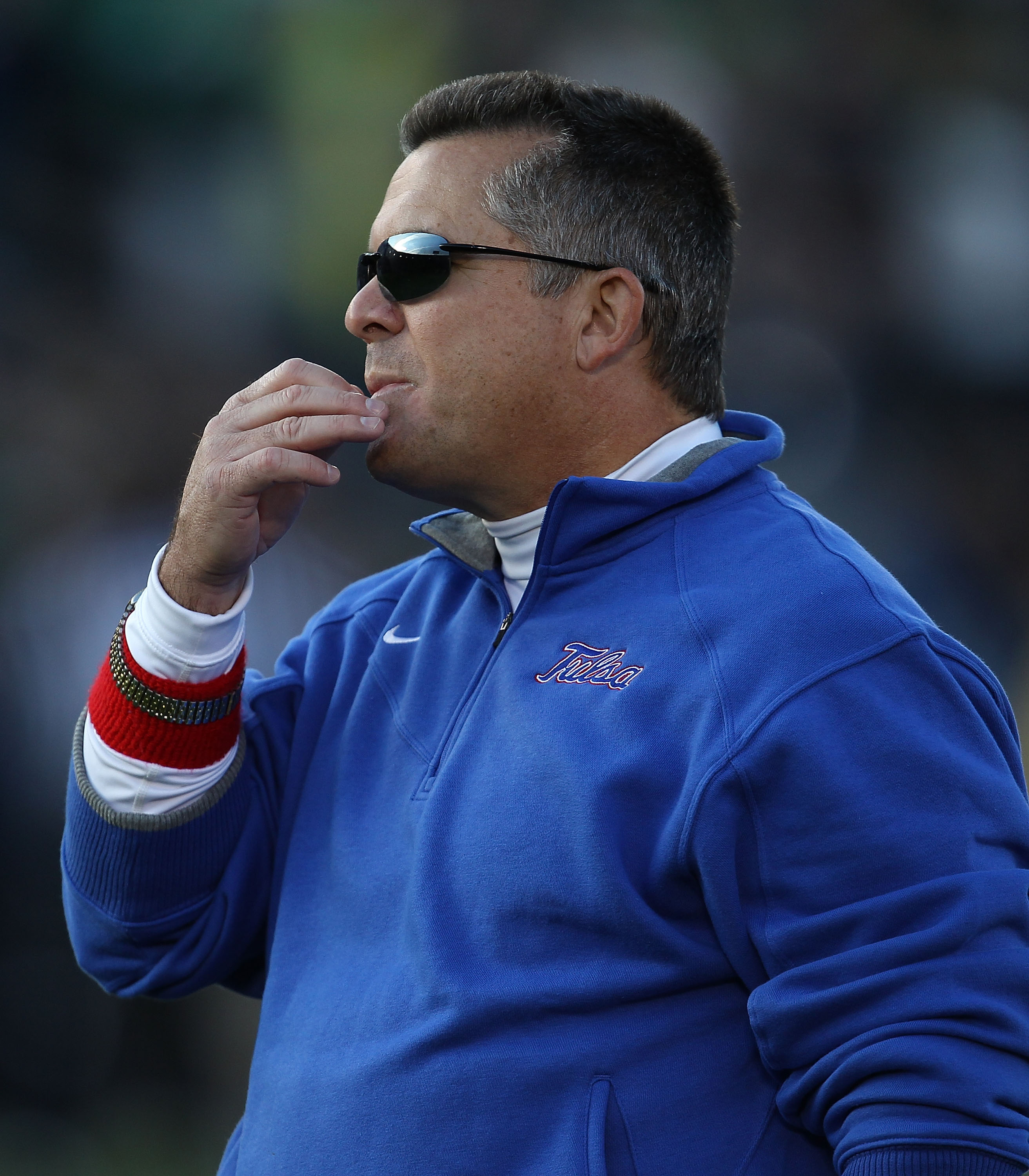
Traveling makes teams sluggish, plain and simple.
Sure, Tulsa has probably been out in Hawaii for a couple of days now, but they are playing in Warriors territory, which not only means that Hawaii doesn't have to deal with travel effects, but also means that the stadium is likely going to be full of Hawaii fans.
Seeing how the traveling affects Tulsa should be very interesting.
The Haka
If there is ever a time where you would want to watch the pregame stuff, this would be the time.
Nothing is more intimidating to an opposing team than the Haka, and it's hard to think of something that gets people as jacked up as the Haka.
The Haka, for those of you who don't know, is a tribal dance of Maori origin, and it is badass.
Just watch the video. If you watch any part of this bowl, you're going to want to watch this.
